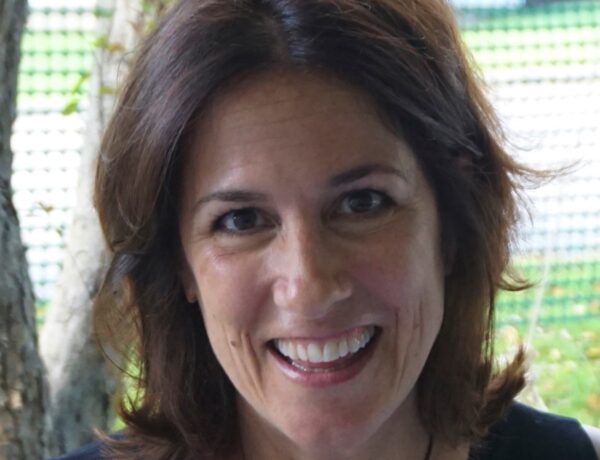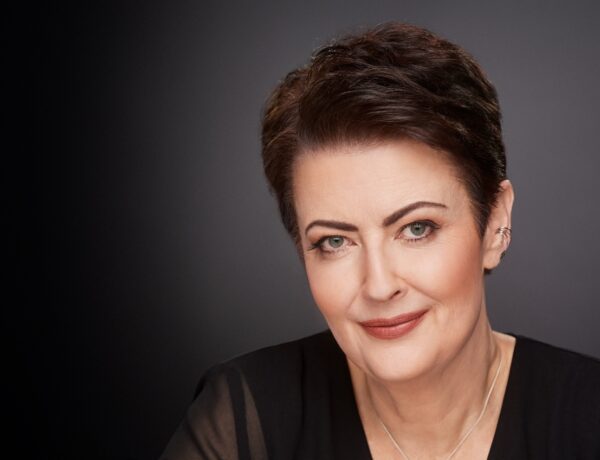Nadia Owusu is a Brooklyn-based writer and urbanist. Her memoir, Aftershocks, was selected as a best book of 2021 by over a dozen publications, including Time, Vogue, Esquire, and the BBC.
It was named one of Barack Obama’s favorite books of the year and a New York Times Editors’ Choice. She is a winner of the 2019 Whiting Award in nonfiction, and her writing has appeared in The New York Times, Orion, Granta, The Paris Review Daily, The Guardian, The Wall Street Journal, Bon Appétit, Travel + Leisure, and others.
Each week, we publish a new daily writing routine from a famous author. Subscribe to our newsletter so you don’t miss out!
Hi Nadia, welcome to Famous Writing Routines, great to have you here with us today! As a writer and urbanist, how do you see the intersections between the city and personal identity, and how do they shape your writing?
Cities are stories, and so are identities. As an urbanist and as a writer, my work is often focused on undoing and revising harmful stories about, for example, who gets to belong to a place, who places serve and who they exclude, and who gets to claim desirable spaces. These harmful stories also get internalized. They influence how we see ourselves and the people around us.
You are the Director of Storytelling at Frontline Solutions, a Black-owned consulting firm. How has your role at Frontline influenced your writing and perspectives on social justice issues?
At Frontline, I get to learn from and work with brilliant colleagues and partners on issues such as Black food sovereignty, economic justice, and building solidarity movements. As a firm, we embed practices of reflection in everything we do. We are also deeply committed to collectively reckoning with and learning from history.
In conversations about policy and programs, we’re always asking, what ideologies and philosophies were baked into the systems that exist now? This sort of reflection is central to what I do as a writer. It’s important to me to get to the roots of conflict, both personal and political.
Having written for a variety of publications, including The New York Times, The Paris Review Daily, and Bon Appétit, how do you approach writing for different audiences and genres?
For me, a piece of writing always begins with a question that has been rattling around in my brain. If I have a publication in mind, or if I’m writing on assignment, that will inform the shape of my inquiry. But, I have to come at it from a place of genuine curiosity. That’s the only way I know how to write.
You teach creative writing at Columbia University and Southern New Hampshire University’s Mountainview MFA program. How do you approach your role as a teacher and mentor for aspiring writers?
All of my most important and rewarding work experiences, both in the urban policy realm and as an educator, have ultimately been about facilitating people through processes.
To me, teaching writing is so much about creating a sense of excitement and possibility about the creative process. As artists, we can’t always control the outcome once the work is done, but the process is ours. It’s where we spend our hours and days, and where we learn and improve. And, of course, reading is a big part of that process. It’s important to be attentive to what’s on the page, whether we’re reading students’ work or outside texts.
I work hard to ask sharp questions, and to invite students to do the same. This is vital practice because we need to be able to ask those sorts of questions about our own work. Those questions will keep us coming back even when writing is difficult, or we’ve been disappointed by our own skill or external rejection. We should always be in conversation with other writers and thinkers.
Do you struggle to stay focused while writing? You’re not alone! That’s why Famous Writing Routines recommends Freedom – the ultimate app and website blocker for Mac, Windows, Android, iOS, and Chrome. With over 2.5 million users, Freedom helps writers stay on task and avoid distractions. Get started for free today and reclaim your productivity!
What does a typical writing day look like for you?
Because I have multiple day jobs, I have to be quite strict about my writing time. Weekday mornings, I wake up at 7:30 am, make coffee, and sit at my desk right away. I read for a few minutes, then I write until 11 am. I make a note for myself about where to pick up the next day. Then, I’ll shower and make something quick to eat.
The rest of the day, until around 8 pm, I work on projects for Frontline, read my students’ work, and prepare for teaching. At some point during the day, between meetings and scheduled work blocks, I’ll take a break to go for a walk or exercise. Before I have dinner, I might check in on my writing again, so that it’s fresh in my mind for the next day.
I’ll fix a few sentences or jot down some notes. On either Saturday or Sunday, I’ll write for several hours in the afternoon. I try to take one full day off a week, although it doesn’t always happen. But I believe in allowing my subconscious time to process.
If you could have a conversation with any artist throughout history about their creative process, who would that be and why?
June Jordan because I love her work, and because I feel a deep sense of connection to her because she was also a writer, urbanist, and activist.
I’d love to know about the books you’re reading at the moment. What have been some of your favorite recent reads?
I recently read and loved Yoga by Emmanuel Carrère, The Furrows by Namwali Serpell, and Stay True by Hua Hsu.
What does your current workspace look like?
I recently moved to a two-bedroom apartment with my husband, and we decided to make the second bedroom my office. We’re lucky to also have a finished basement where guests can stay, and which my husband uses as his workspace. He’s a musician and composer and spends most of the day practicing saxophone and writing music on the piano, so it’s good to have separate floors!
My office is still a work in progress. On Craigslist, I found a big solid wood desk with lots of drawers. I have an ergonomic chair, which is really important because I sit for many hours a day. I have several office plants, and they all have names.
I also have an armchair and a little side table for reading away from my desk. I haven’t gotten around to hanging my art yet, but I’m excited about that. I also plan to have a wall of bookshelves built in my office, plus two full walls of shelves in the basement. Right now, most of my books are still in boxes and I’m impatient to be surrounded by them again.

Affiliate disclaimer: Some links on this website are affiliate links. We may earn a small commission if you make a purchase through these links, but only promote products we truly believe in. We disclose affiliate links and give honest reviews.



No Comments